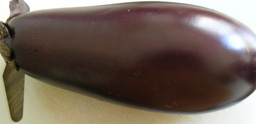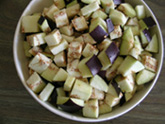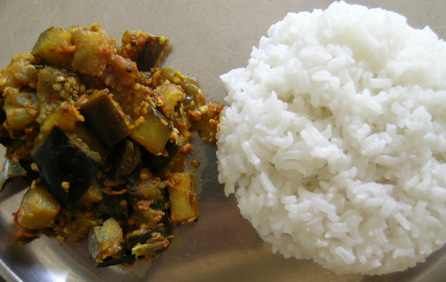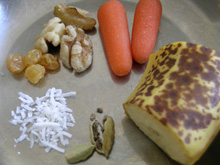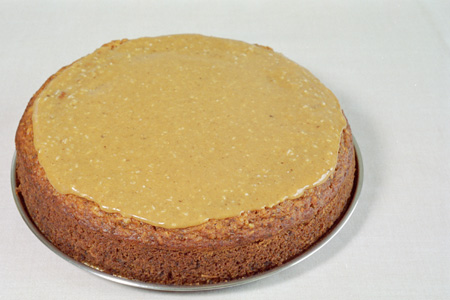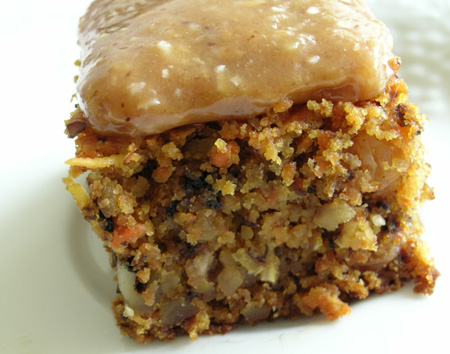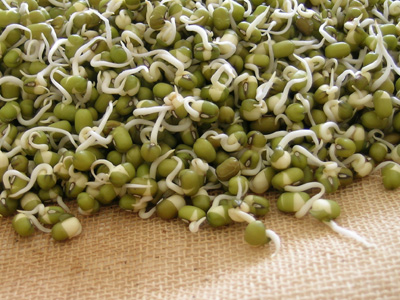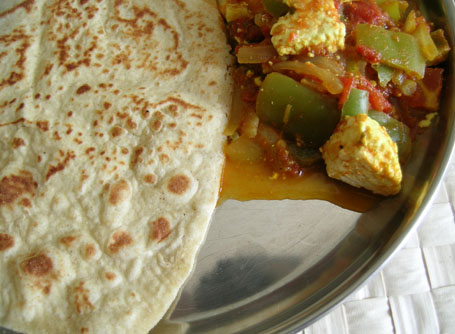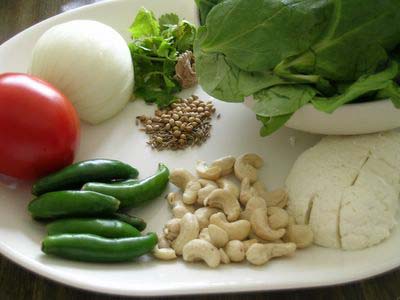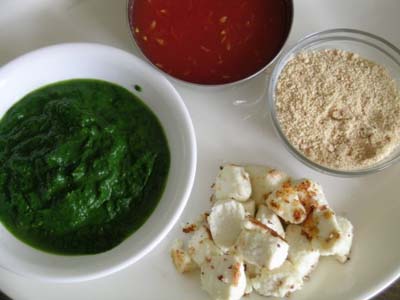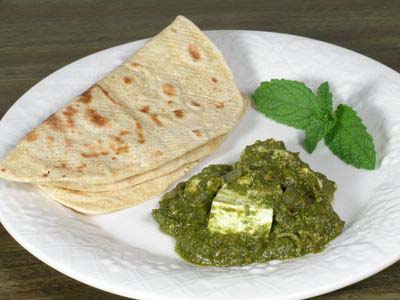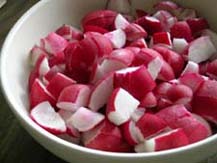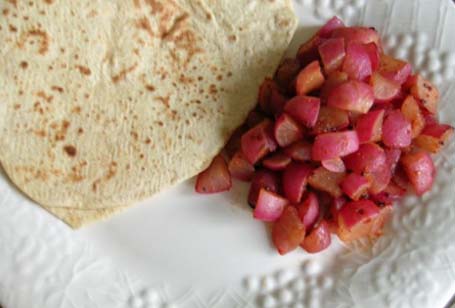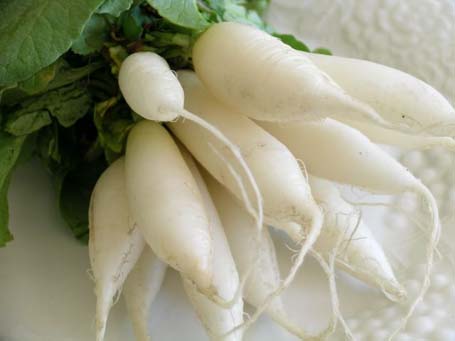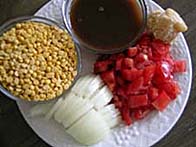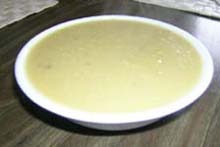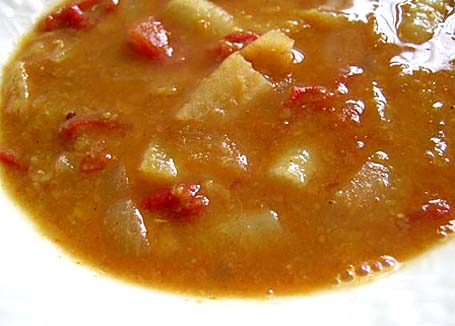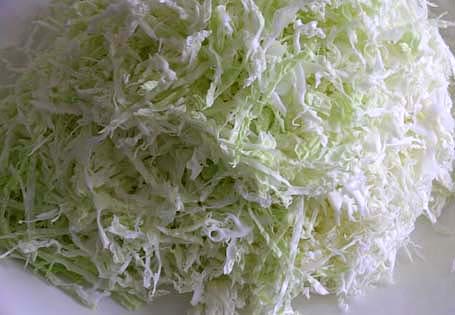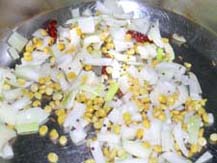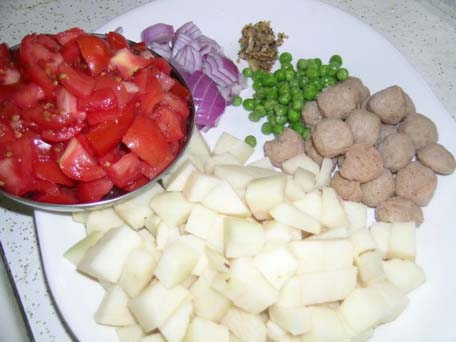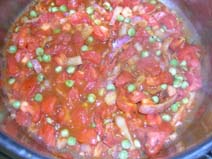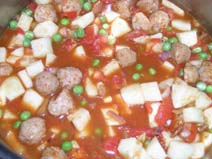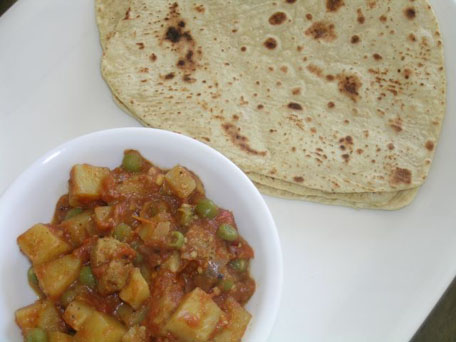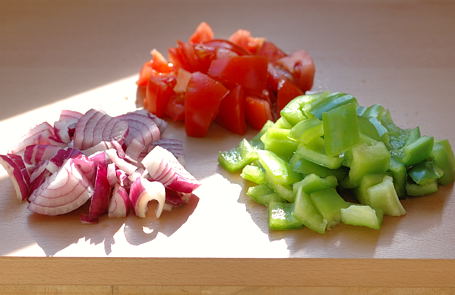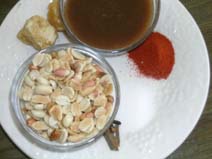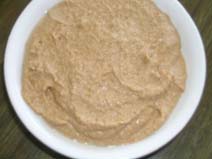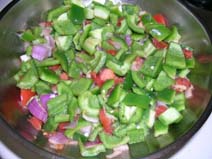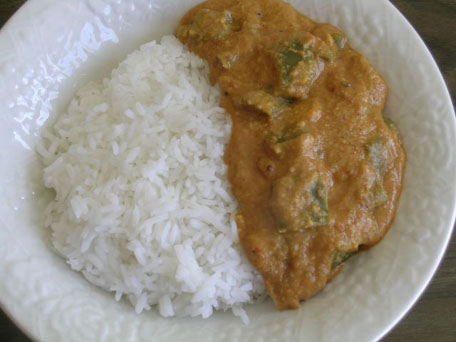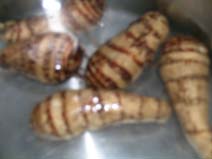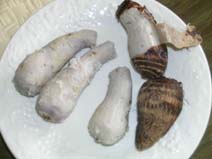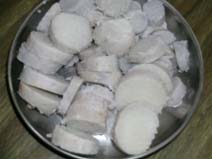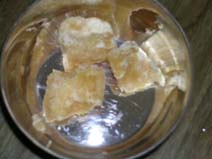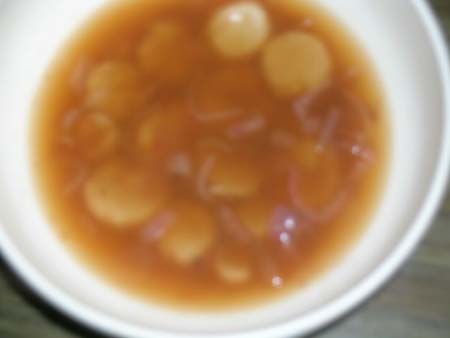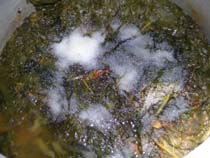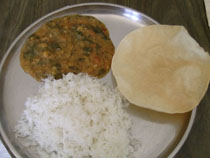We Indians make pickle out of almost everything from mangoes to fish. “Even if we don’t have anything to eat, we can survive on pickle and rice” is the common dialogue in our Telugu movies between love struck hero and heroine. Father of the heroine always cautions her against hero, “If you marry him, you know what will happen to you, you have to live on pickles”. Pickles are that common in our household.
Lime pickle is particularly good because it is tangy and hot at the same time. Tastes good with dal, rasam and sambhar and on boiled eggs.
My version of lime pickle:
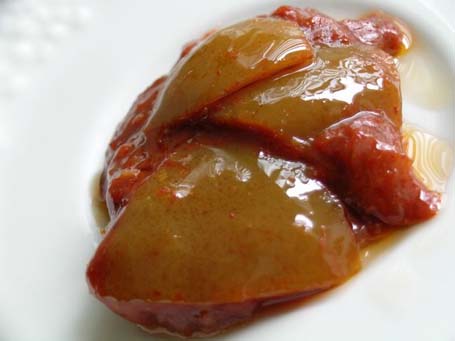
Take 12 limes. Wash and pat them dry. Take 4 out of them, cut them and squeeze the juice in a cup, keep aside. Cut the remaining 8 limes into 4 or 8 wedges depending on their size.
Mix the cut pieces with 6 teaspoons iodine free salt, and lime juice. Mix thoroughly. Take them in a clean, dry glass or porcelain jar with tight lid. Keep them tightly covered for about 4 days.
On 5th day – dry roast 1 tsp each of cumin, mustard and fenugreek (methi) seeds grind them to fine powder. Add this powder into the jar along with pinch of turmeric and 5 tsp of red chilli powder; mix thoroughly with a clean dry spoon.
Keep the lid tight for another 3 days, so that the lime wedges can absorb all the flavors and soften. (This time period depends on the thickness of lime rinds. If they are thin, they will soften up within a week and if they are thick, they would take atleast a month. My recipe is prepared with thin skinned, juicy limes and they changed from hard to firmly-soft in a short time.)
After that time period and just before serving the pickle:
Heat 4 tsp of oil, toast one teaspoon of mustard seeds in oil until they start to crackle and then turn off the heat. Bring this seasoned oil to room temperature and then add this oil to the pickle. Mix well and thouroughly. Serve and enjoy with rice, dal and ghee.
Pickling is like making jam. Take extra precaution in using the dry utensils, jar, spoons and your hands. Using the wet or damp things is a sure way to spoil the pickle.
I’d like to contribute something to SHF but I don’t know any sugary dishes with citrus except lemon juice with honey. So this is my hot not sugary citrus contribution to SHF. Thanks Stephanie for the suggestion.
To clear the confusion, Lemon in India = Lime in US.
Added on June 06:
Thin skinned and juicy limes are preferred for this type of pickle.
If you find them still firm even after 15 days – keep them undisturbed for one to two months -they will sure get softened. And you need to see that sufficient limejuice and salt is avialble for softening process. The pickle should never look dried out at any stage. Traditionally at our homes in India, minimum two months are given for pickles to soften and juiced up.
Usually finely ground pickle masala (cumin, mustard and fenugreek (methi) and red chilli powder) is added. And you can adjust the amount of this ground spice pickle masala to suit your taste.
